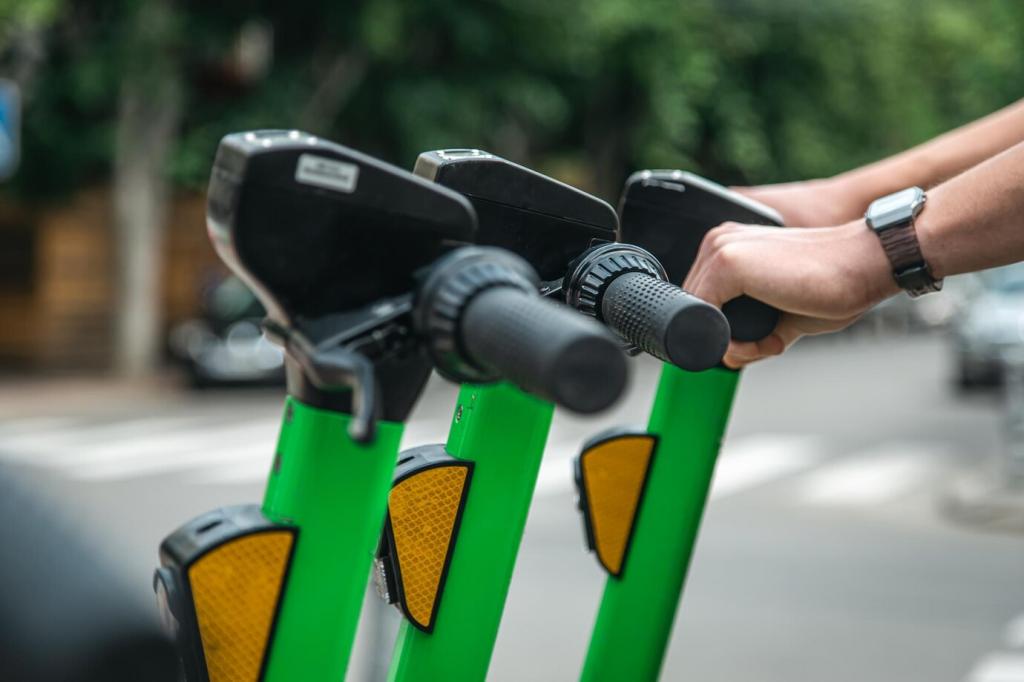Emerging Technologies in Green Transportation
Electrification of Mobility
Recent progress in battery technology has been instrumental in powering the electric mobility revolution. Innovations such as solid-state batteries, lithium-sulfur, and advanced lithium-ion chemistries offer greater energy density, longer range, faster charging, and increased safety compared to traditional batteries. These developments are critical in addressing range anxiety and promoting widespread adoption of electric vehicles, as consumers increasingly demand convenient and reliable alternatives to gasoline engines. Furthermore, improvements in battery life cycles and recyclability contribute to the sustainability of electrified transportation by reducing waste and conserving valuable resources.


Mobility-as-a-Service (MaaS)
Mobility-as-a-Service brings together various modes of transportation—public transit, ride-hailing, car sharing, and micromobility—into a unified digital platform. This seamless integration enables users to plan, book, and pay for multi-modal journeys through a single app, simplifying urban mobility and encouraging people to shift away from private car ownership. MaaS platforms can optimize routes, reduce congestion, and tailor services based on real-time user demand, helping cities manage traffic flow and lower emissions through shared, efficient transportation solutions.

Connected Vehicles and Infrastructure
The rise of connected vehicles empowers transportation systems with real-time data analytics, communication, and automation. Vehicles now exchange information with each other and with road infrastructure, supporting technologies like vehicle-to-everything (V2X) and advanced driver-assistance systems (ADAS). This interconnectivity enables better traffic management, improves safety, and supports eco-driving by providing drivers and city planners with insights that minimize idling, fuel consumption, and pollution. As cities embrace smart roads and autonomous vehicles, the synergy between mobility and infrastructure unlocks new sustainability gains.

Data-Driven Urban Planning
Data collected from connected vehicles, mobile devices, and sensors is transforming urban mobility planning. Cities can now analyze traffic patterns, emission hotspots, and user preferences to design greener transportation networks that prioritize public transit, cycling, and walking. Predictive analytics and digital twins create accurate models for simulating the impact of new policies before implementation, supporting informed decisions that lead to cleaner air, reduced congestion, and higher quality of life for citizens. Through dynamic planning based on real-world insights, smart cities are leading the way in sustainable mobility.
Alternative Fuels and Propulsion Systems
Hydrogen Fuel Cell Technology
Hydrogen fuel cells are emerging as a promising zero-emission propulsion source, particularly for applications requiring longer ranges and rapid refueling. By converting hydrogen gas into electricity, fuel cells produce only water vapor as a byproduct, making them attractive for buses, trains, trucks, and even passenger cars. Infrastructure and production challenges remain, but advances in green hydrogen—produced using renewable energy—are improving the environmental credentials and economic feasibility of this technology. As hydrogen mobility projects expand worldwide, they play an important role in the broader green transportation landscape.

